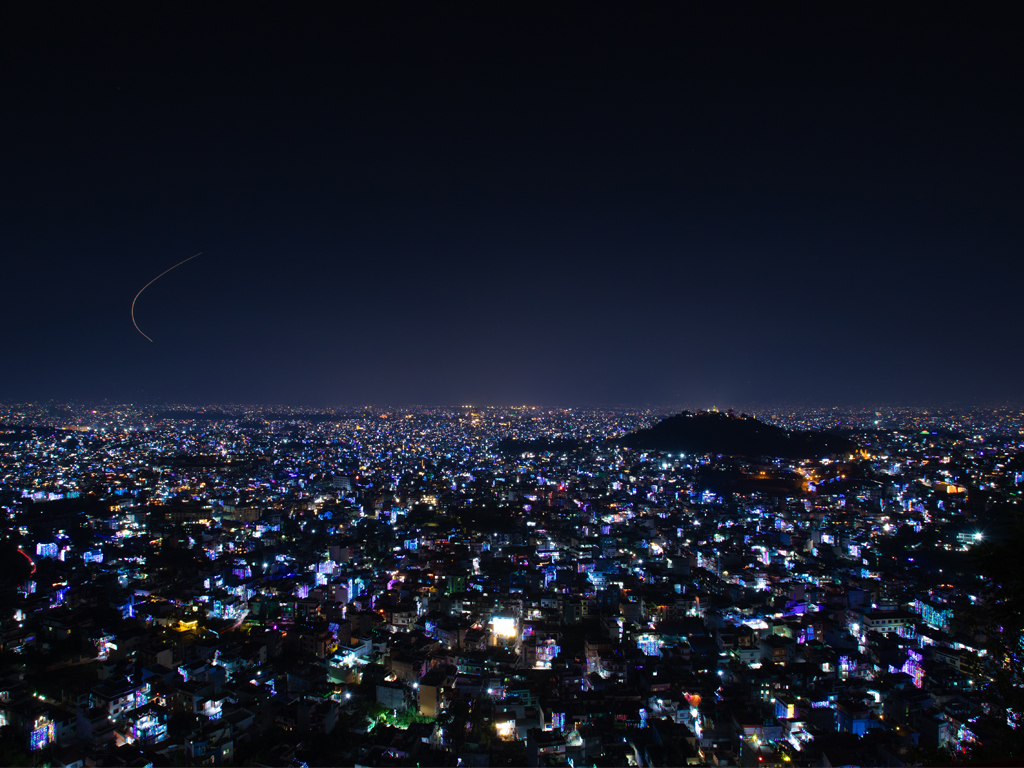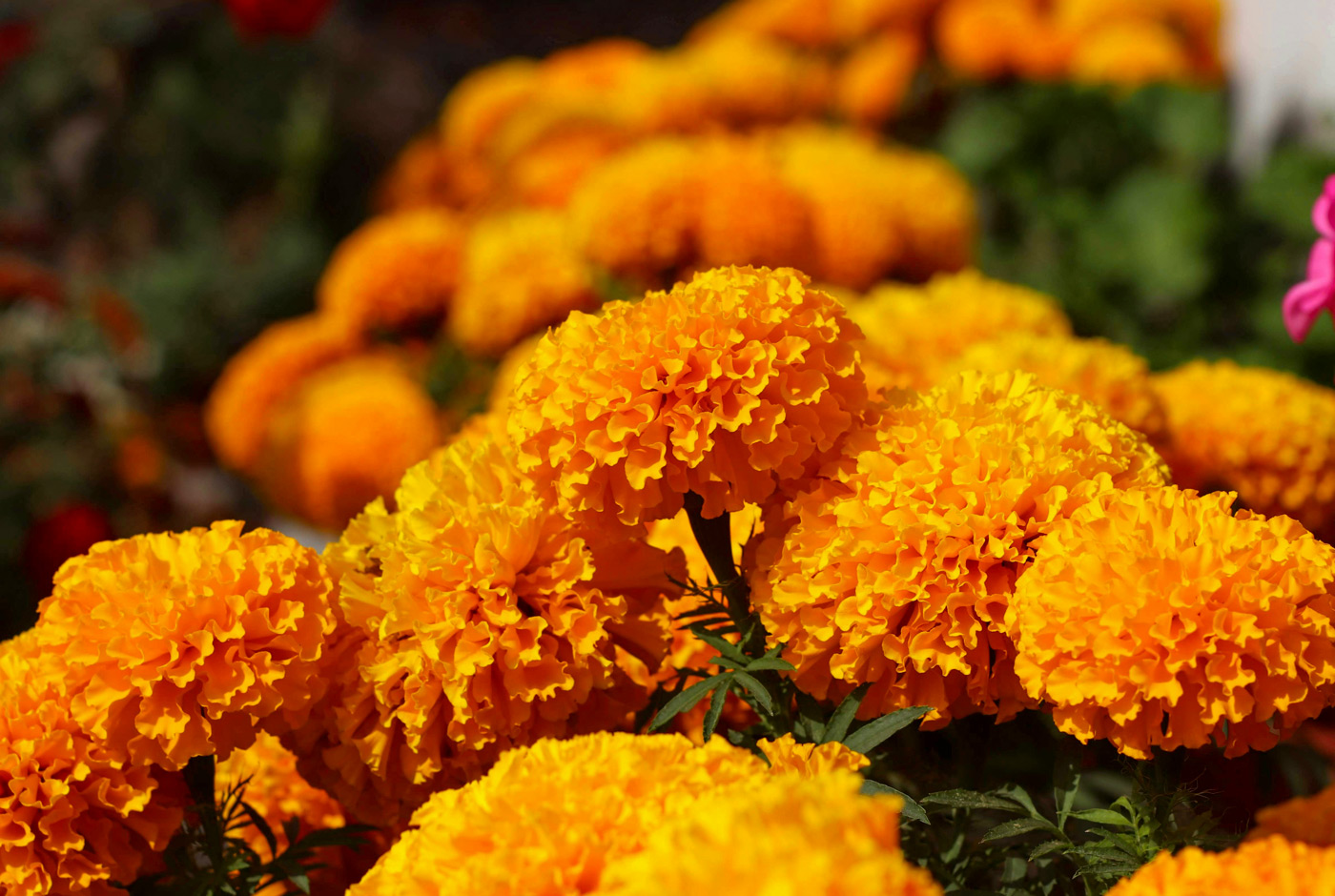Tihar, commonly referred to as the “Festival of Lights,” is the second most celebrated Festival in Nepal after Dashain. It is celebrated popularly in Nepal and India, but the level of merriment is absolutely the same. This festival is also widely known as Deepawali or Diwali. It is mostly celebrated by Hindus, and like any other festival, it has its own story to tell. It lasts five days, and one is as important as the other.
For 2025, the Tihar festival will start earlier, from October 19 to October 23. As per the Nepali calendar, it will fall between Kartik 2nd and Kartik 6th of the Nepali year 2082. The festival begins with Kaag Tihar on the first day and concludes with Bhai Tika on the last day. Tihar is celebrated shortly after Dashain, with only a few days separating these two grand festivals.
In the festival of Tihar, animals such as Cows, Crows, and Dogs are given importance and worshiped. Each has its reasons for worship. Yet another deity, of course, is worshipped during this festival: Goddess Laxmi, the goddess of wealth and luck. This festival is termed the ‘Festival of Lights, ’ meaning each house is lit with electrical lights or, if not, Diyo, a clay lamp that uses oil.
This article will discuss how and why Tihar is celebrated in Nepal.
Why is the Tihar Festival celebrated?
As with other Nepali festivals, Tihar also holds vast cultural and religious meanings embedded in the principles of Hinduism. It has evolved from various myths and legends that include the supremacy of the good spirit over the evil spirit, the family values, and the culture of honoring animals and trees. Here are some of the history and background of Tihar Festival:
Goddess Laxmi: Goddess of wealth and good fortune
One of the most significant components of this festival is the worship of the goddess of wealth, Laxmi. During Tihar, and more significantly during the third day or Laxmi Puja, she enters the houses to bring fortunes. Oil lamps and candles help her light up the homes, symbolizing the victory of light over the dark.
Yama and his Messengers
Tihar also encompasses rituals of worshipping Lord Yamaraj, also known as the god of death. Crows and Dogs are thus believed to be the messengers of Yama. They are worshipped during the Kaag Tihar and Kukur Tihar festivals to please the god of death, Yama, and avoid dying before time.
Krishna and the Gobardhan Hill
On the fourth day, Gobardhan puja has its origin based on the mythology about Lord Krishna, who lifted a hill on one finger. He did so for his fellow villagers to avoid angering Indra, the rain god and being frustrated by consistent showers. This day also tells the superiority of Lord Krishna, especially over Indra, and the importance of Gobardhan Hill.
Newari culture of Mha: Puja
That is why the Tihar festival is celebrated with great enthusiasm in Nepal, particularly by the Newari community. It is the same as the Newari New Year called Nepal Sambat. The fourth day of Tihar is celebrated as Mha: Namaste, which is a form of prayer symbolizing self-worship and giving power to the soul. This signifies the cultural and religious endowment of the Newar people in celebrating Tihar.

How is Tihar 2025 Celebrated in Nepal?
Tihar is a festival that is celebrated for five days. Most Nepalese celebrate it by cleaning their house, buying new ornaments and utensils, and decorating their beautiful house, too. Every house is full, lively, and decked up for Tihar with new clothes, gifts, sweets, and flowers. At night, the houses are illuminated by traditional diyo and small colored clay lamps. These lamps are lit as a beacon to invite Goddess Laxmi into the house and seek her blessings. Groups of young girls and boys come singing Deusi and Bhailo which are, in fact, mere expressions of sweetness where they only wish well for the house and the family.
Kaag Tihar:
The first day of Tihar is Kaag Tihar (19th October, 2025/ 2nd Kartik, 2082 on Sunday). Kaag refers to crow and is considered to be a bearer of bad news in the Nepali context. On this day, black crows are fed and worshipped by offering them grains like rice and water. This is done to ensure they are happy and have no devastating news to share in the future.
Kukur Tihar:
The second day of the festival is known as Kukur Tihar (20th October 2025/ 3rd Kartik, 2082, on Monday), or ‘the day of the dogs.’ Kukur is the term for dogs, and they are mentioned to be the ‘guardian and the guide of the souls’. They are fed good food, and their owners place garlands around their necks and tika on their foreheads.
Gai Puja/ Laxmi Puja:
On the third day (21st October 2025/ 4th Kartik, 2082, Tuesday), they perform Gai Puja and Laxmi Puja. Gai Puja is the worship of cows and is referred to as Gau worship. Similar to dogs, cows are offered grass and worshipped, and people put garlands around them and ‘tikas’ on their heads. Cows are symbols of prosperity, and hence, to invite good prosperity, they are even worshipped.
After that, people get ready for Laxmi puja. Chores are done, diyos are lit, lights are hung on the house, and everybody congregates for night prayers. Goddess Laxmi is worshipped, and in front of the picture of the Laxmi statue or frame, people put sweets, fruits, and Sel roti (sweet rice bread). The young boys and girls also go to play Deusi-Bhailo after the puja is performed.
Govardhan Puja/ Mha Puja:
The next animal worshipped in Tihar is the Ox (22nd October 2025/ 5th Kartik, 2082, Wednesday). They are considered to be of so much importance in domestic animals, particularly to the farmers. The oxen are treated with so much respect and have full bowls of fresh grass in front of them to eat.
Apart from this day, Mha Puja is also celebrated by the Newari community of Nepal. It is a Newari New Year for this community, which they celebrate happily. They dress up in new clothes, invite friends and relatives over and celebrate the New Year.
Bhai Tika:
Bhai Tika is the last day of Tihar. This day celebrates brothers and sisters’ love for one another. On Kartik 6th day (6th of Kartik Bhai Tika date 2082), sisters dress up, cook, and pack the tika and garlands. At the same time, the brothers also transform themselves in their formal attire and purchase gifts for the sisters. There is an agreed time fixed by the priest at which the time of the ceremony starts. Firstly, the sister applies a tika, which has a white base and then seven different colors on the forehead. After this, they put new garlands around their necks; they make them eat Sel roti, milk, and sweets. Bhai Tika Tihar, in 2025, will be celebrated on the 23rd of October (Kartik 6th, 2082, Thursday).
These are the ways Nepalese celebrate Tihar. The festival is loved by everyone, and you can enjoy it in Nepal. One can enjoy the melodious voices of youths and the lovely cooking smell of sel roti.

Can you make travel plans during the festive time in Nepal?
The Festival of Tihar is in November, which is a peak trekking season, so you can freely hike or trek. You'll appreciate Nepali culture more deeply while exploring the country's stunning beauty. Without a doubt, the best time to trek is between October and November. Do you know why? The monsoon will have been gone by then, and the skies will be clearer than ever, along with Nepal's biggest festival, Tihar. In Tihar, there will be 3 to 5 days of public holiday in Nepal. During this time, businesses, schools, and government offices remain closed, allowing people to celebrate the festival with family and community.
Even the trails would be perfectly dry for hassle-free trekking and mesmerizing mountain views. Whether you want a short hike or choose any of our trekking packages, the time during Tihar would be flawless. So book your next trekking adventure, like Everest Base Camp Trek or Annapurna Base Camp Trek, and get mesmerized by the mountains.
You’ll also get to see the true cultural harmony between people. You can get the Best of Nepal during this time of year. You can see devotees lining up for worship. The weather and vibes are festive, with mantras being chanted all around. The festivities surrounding these temples are not explainable as devotees pay their respect and pray. So, don't hesitate to join a festival time in your travel plans!
When was Tihar 2024? Tihar date 2024
According to the calendar, in 2024, the Tihar festival was celebrated from 30th October to 3rd November. In the Nepali calendar, it was from 14th Kartik to 18th Kartik, as per the ongoing Nepali calendar 2081. Kaag Tihar is the first day, while Bhai Tika is the last day of the occasion. Tihar is celebrated right after Dashain, with only a few days difference between the two biggest festivals.
Visit Nepal in 2025 and enjoy Tihar with us, the Nepal Hiking Team. We would love to have you with us on this joyful occasion. You will be able to experience Kathmandu's roads and see the city through the eyes of Nepalese people based on the vibrant cultural influences.



